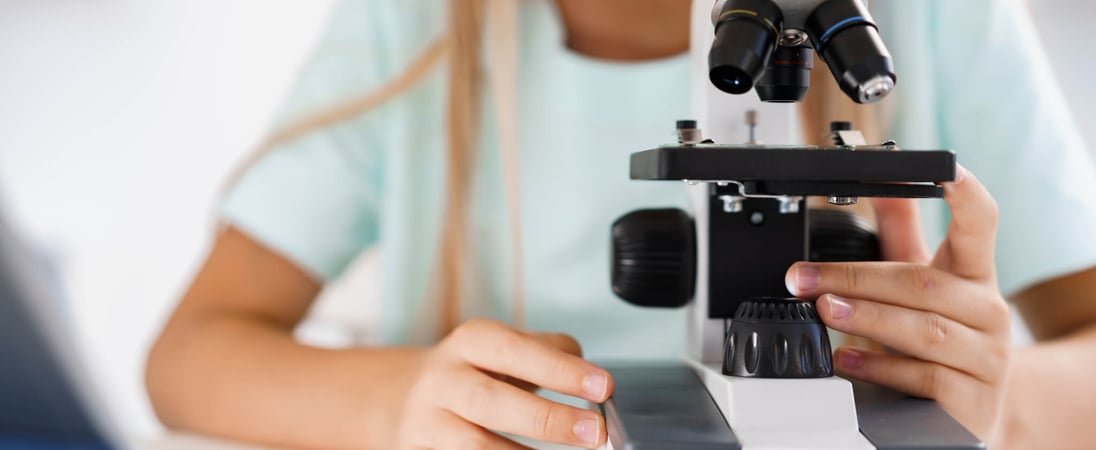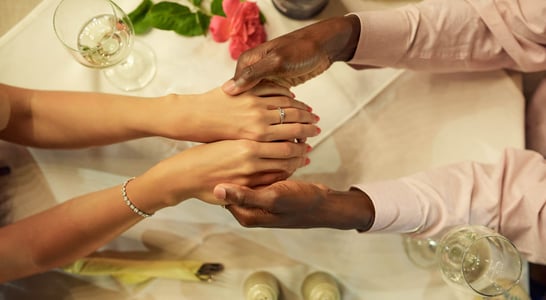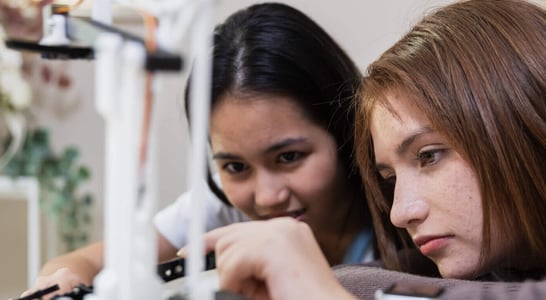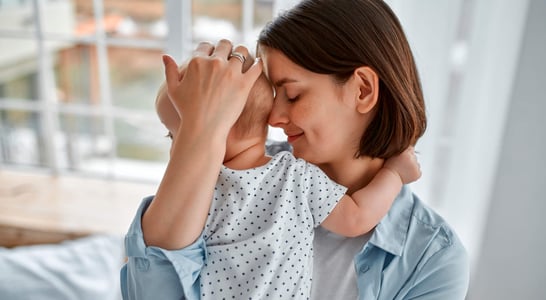
International Day of Women and Girls in Science
Trailblazing minds, breaking barriers, these brilliant minds shape the future. Science celebrates diversity, empowering women and girls to flourish in innovation and discovery.
Women have been interested in and dabbling in science for centuries, from ancient female chemists mixing perfumes to women astrologists learning about planets and stars. But, sadly, over the years women have not been given equal opportunity for education or jobs in science, many times working without ever receiving credit for their discoveries.
International Day of Women and Girls in Science seeks to balance out the gender gap by raising awareness and promoting the benefits of women and girls who participate in science.
How to Celebrate International Day of Women and Girls in Science
Those who are looking for ways to observe and show appreciation for International Day of Women and Girls in Science might want to get started with some of these ideas:
Encourage Girls in Science
Teachers, parents, school administrators and youth workers can celebrate International Day of Women and Girls in Science by becoming more attentive and encouraging girls to pursue interests they have in science, math and other STEM subjects. Whether offering them extra tutoring to help them reach their goals, or assisting them in finding scholarships to pay for their education, this is a great time to provide encouragement for young women and girls who want to pursue a career in the field of science.
With the awareness that gender biases are pervasive and deeply rooted in society, particularly in scientific fields, it is that much more important that young women and girls be encouraged to overcome these biases and succeed. Breaking down stereotypes and championing gender equality is critical not only on this day, but all throughout the year!
Learn About Some Women in Science
A superb way to show support for International Day of Women and Girls in Science might be to do a bit of research about the women of the past who have paved the way for others. This would be a great time to learn more by reading a book or watching a film about the lives of some important women who have contributed to science. Then, have a discussion at work or with friends about the need for more women and girls in science.
Check out facts about some of these women who have a made a difference in the scientific world:
-
Mary Anning (1799-1847)
A paleontologist and fossil hunter, Anning was an English woman whose work with fossils changed the way scientists think about the prehistoric world.
-
Rachel Carson (1907-1964)
Ahead of her time, Carson was an American marine biologist and author who raised questions about the way human activity was affecting the environment.
-
Rosalind Franklin (1920-1958)
This young British woman from a Jewish family made a number of contributions to science, including X-ray photography that helped unlock the secret of DNA.
-
Vera Rubin (1928-2016)
As an astronomer, Vera Rubin was a pioneer in work on galaxy rotation which brought to life evidence for the existence of dark matter.
Host a Women and Girls in Science Event
In celebration of International Day of Women and Girls in Science, it might be fun to host an event that encourages females to participate and learn more. College or high school staff, community center leaders or libraries might choose to host a science fair, lecture series or other educational event with reputable women scientists who act as speakers and mentors. Providing women scientists as role models for younger girls is a great way to show inclusivity and re-train the gender-biased thinking that has surrounded science in the past.
Watch a Film Honoring Women in Science
Check out some of these interesting and entertaining films that show appreciation for scientific females in celebration of International Day of Women and Girls in Science:
- Code Girl (2018). This documentary film joins in on the stories of high school aged girls from all over the planet as they use technology to make their communities, and the world, a better place.
- Jane (2017). Revealing the stunning story of Jane Goodall, this biographical film by National Geographic offers insight into the way this female scientist integrated herself into the lives of chimpanzees.
- Mission Blue (2014). Sylvia Earle is the marine biologist, oceanographer and environmentalist featured in this documentary about her campaign to create safe marine sanctuaries in the world’s oceans.
- Picture a Scientist (2020). Selected for the Tribeca Film Festival, this documentary seeks to highlight the need for gender equality in the science fields, bringing to awareness various barriers that prominent women scientists have faced.
History of International Day of Women and Girls in Science
As in many fields, women have been unwelcome and even discriminated against when it comes to their participation in science. When, in 1903, Pierre Curie insisted that his Nobel Prize for Physics be shared with his wife, Marie, the world began a slow movement toward progress.
But, even Marie Curie had moved to France from her native Poland to find the opportunity to receive an education in science and to become a professor, simply because she was a woman in the late 19th century.
And now, more than 100 years later, women and girls in science are still typically being given fewer opportunities, less respect, smaller lab spaces, fewer grants and lower salaries than their male counterparts.
In 2015, the United National General Assembly made the decision to establish International Day of Women and Girls in Science to bring forward and promote the vital role that women play in the field of science. In collaboration with civil and society partners as well as institutions, UNESCO and UN Women are both responsible for implementing the activities and promotions for the day.
International Day of Women and Girls in Science Timeline
1200 BC
World’s first recorded female chemist
Mesopotamian perfume maker, Taputti, is referenced in a cuniform tablet. [1]
400 AD
Greek woman heads a science academy
Hypatia is a renowned teacher of science, math and astronomy.[2]
1903
Marie Curie becomes first woman to win Nobel Prize
Shared with her husband, Pierre, Marie Curie’s work on radiation results in the Nobel Prize for physics. [3]
1953
Katharine Johnson works as a NASA scientist
One of the first black women to work as a scientist for NASA, Johnson provides critical mathematical calculations for test flights, satellites and more. [4]
1993
Dr. Ellen Ocha is the first Hispanic woman to go to space
This astronaut, research engineer and inventor has logged more than 1000 hours on her four trips to space. [5]
Since women account for just around 35% of workers in the various STEM (Science, Technology, Engineering and Mathematics) fields, it is necessary that parents, teachers and schools begin to include girls in these disciplines at a younger age. International Day of Women and Girls in Science promotes full and equal access and participation in science, through education, opportunities, finances and more.
International Day of Women and Girls in Science FAQs
How many female scientists are there?
Less than 30% of research scientists in the world are women. [1]
Why are female scientists important?
Women bring diversity and a fresh perspective to research, expanding the pool of scientists which benefits everyone. [2]
Who was the first female scientist?
Women have been studying science for centuries without much credit. But the most famous female scientist and first woman to win the Nobel Prize for Physics is Marie Curie. [3]
Why are there still so few women in science?
Even after women like Marie Curie paved the way, a bias against women in science continues, with less financing, lower salaries, fewer grants, smaller lab space and many other problems. [4]
Also on ...
View all holidaysNational Latte Day
Velvety, creamy, and oh so delicious, lattes are the perfect pick-me-up with a shot of espresso and steamed milk.
National Get Out Your Guitar Day
Dust off the old six-string and relive the glory days. Reconnect with the magic of creating music and let your fingers do the talking.
We think you may also like...
Alloimmunization and HDFN Day
Exploring the intricate dance of immune responses, where the body orchestrates a fascinating defense against certain challenges.








